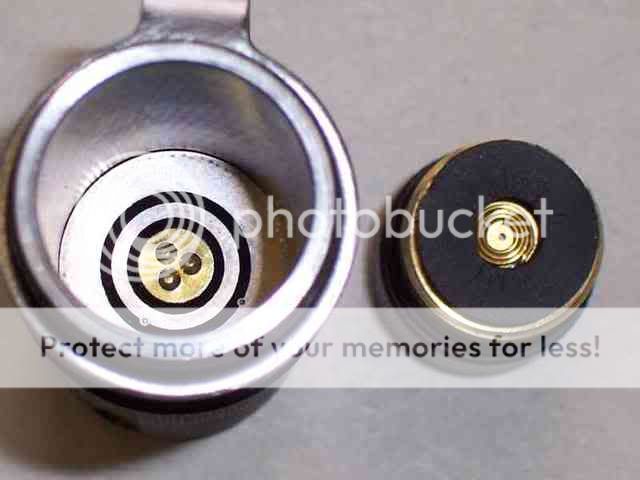precisionworks
Flashaholic
There's lots of information on CPF about each light, but I couldn't find a side by side comparison - so here's a start.
Both lights share many similarities. Each retails for around $175, each uses a single CR123 battery, each has more than one output level.
To keep the beamshots as fair as possible, a number of fresh Surefire CR123s were measured with my Fluke 87V meter. The two batteries selected each read 3.248v (the lowest voltage in the lot was 3.246, highest was 3.250). All photos were shot at a distance of 10', with the lights supported on a tripod stand.
Side by side

Front view, 120L left, Nautilus right

Back view

Looking down, 120P on left, Nautilus on right

View into head, 120P left, Nautilus right

120P @ 10 L setting

Nautilus @ low setting

120P @ 120 L

Nautilus @ high setting

The beams are similar but different. The 120P has a hotspot that softly fades into the spillbeam. The Nautilus hotspot is more defined, with a less gradual transition to spillbeam. Both have beams that I'd characterize as extremely useful.
Haven't had a chance to do night shots yet. I'm expecting that the Nautilus may have better throw, while the 120P will have more flood.

Both lights share many similarities. Each retails for around $175, each uses a single CR123 battery, each has more than one output level.
To keep the beamshots as fair as possible, a number of fresh Surefire CR123s were measured with my Fluke 87V meter. The two batteries selected each read 3.248v (the lowest voltage in the lot was 3.246, highest was 3.250). All photos were shot at a distance of 10', with the lights supported on a tripod stand.
Side by side

Front view, 120L left, Nautilus right

Back view

Looking down, 120P on left, Nautilus on right

View into head, 120P left, Nautilus right

120P @ 10 L setting

Nautilus @ low setting

120P @ 120 L

Nautilus @ high setting

The beams are similar but different. The 120P has a hotspot that softly fades into the spillbeam. The Nautilus hotspot is more defined, with a less gradual transition to spillbeam. Both have beams that I'd characterize as extremely useful.
Haven't had a chance to do night shots yet. I'm expecting that the Nautilus may have better throw, while the 120P will have more flood.

Last edited:











